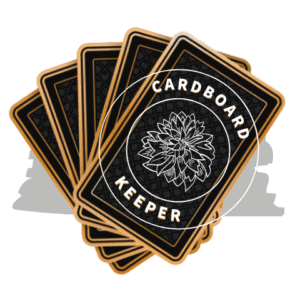Never do we need a particular reason to start playing Pokémon spending each moment in absolute fun. Whatever the way we pick to entertain ourselves, playing the classic game Pokémon can never be brushed off.
But before you begin playing, make sure you have adequate knowledge of the rules and the specific conditions to enjoy yourself to your fullest.
Want to know how it works?
Let’s dive in!
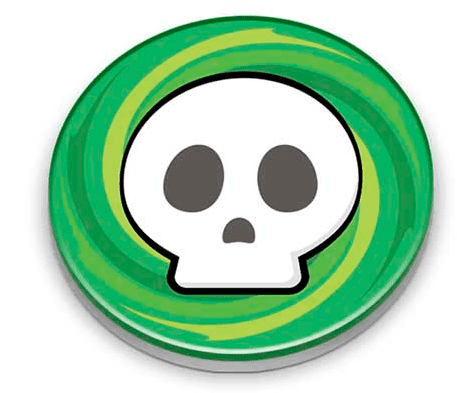
How Does Poisoned Work in Pokémon TCG?
PSN, an abbreviation for Poison, is the kind of condition for which Poison-type strikes can frequently be blamed. More specifically, bad Poison is another condition characterized by the proportion of damage caused due to the Poison.
For every round, the first sort reduces an infected Pokémon’s HP by 1/16th if the Pokémon is Poisoned badly. It is swapped out or Haze is performed, bad Poison will initially injure the affected Pokémon by the same quantity as Poison.
Furthermore, on each consecutive round, the level of HP wasted would rise by 1/16th of that Pokémon’s total HP.
If a Pokémon that has been seriously Poisoned is brought back into combat, it’ll be harmed by ordinary Poison.
How much damage does Poisoned do in Pokemon TCG?
This condition enhances with time. Poison is utilized many times to conquer enemies and works effectively to play tricks.
Moving the Generation II, here the Poisoned Pokémon loses 1/8 of the HP, the maximum value. Just as in Generation I, the Pokémon would drop one Health Point for every 4 stages taken by the trainer until it loses consciousness.
Badly Poisoned is unchanged from Generation I, which refers to Badly Poisoned Pokémon. In this situation, Pokémon would then bear half of the damage before the next turn.
Whenever a Poisoned Pokémon loses HP, a skull and bones appear above its head.
Irrespective of whether a Pokémon faints, Poison damage is now absorbed in the conclusion of every round.
One more thing you must consider includes that no matter if the counter is restored, a badly Poisoned Pokémon will stay seriously infected even if swapped out and then the fight ends.
No move, notably Twineedle, could not now hurt Steel-type Pokémon.
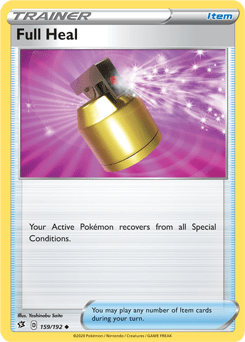
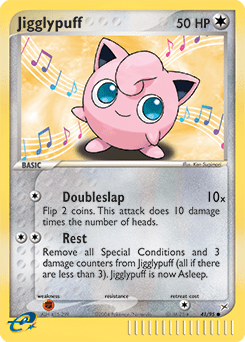
How do you get rid of Poisoned in Pokémon TCG?
A Full Heal can be used to remove the Poisoned condition.
Finding another way to get rid of the special condition?
Evolving the Pokémon and moving the Pokémon to the bench enables it to recover and stop the condition.
Another way to help initiate healing is Rest, which can make it possible to get rid of the Poison status condition, whereas the move Heal Bell heals the user of the Poison status condition.
Poisoned Pokémon are marked with a Poison Indicator. One damage counter is added during each round till the Pokémon no longer has any remaining HP or is treated by a training card.
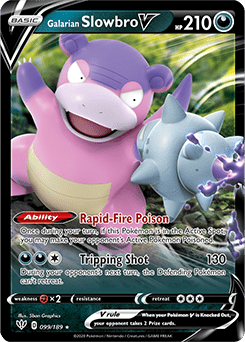
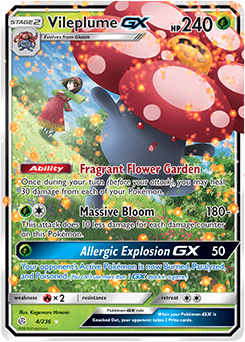
What Cards Inflict Poison in Pokemon TCG?
So, you’re here to know the cards that can Poison the opponent Pokémon?
Let’s reveal.
Here are a few cards that inflict Poison:
Official Pokémon Trading Card Game (TCG) Poison Rules:
Any special condition in the Pokémon Trading Card Game has a set of restrictions in the official rulebook, and so has the Poisoned.
If a Pokémon is Poisoned, put a “Poison marker” on it to show that it’s Poisoned. As long as it’s still Poisoned, place a damage counter on it after each player’s turn, ignoring Weakness and Resistance. If an attack would poison a Pokémon that’s already Poisoned, it doesn’t get doubly Poisoned. Instead, the new Poison condition replaces the old one. Make sure whatever you use for a Poison marker looks different from a damage counter.
Pokémon Trading Card Game Rulebook
That’s it!
Above is all you need to learn concerning Poisoned in Pokémon. Hope you find it helpful to get started with the game!
